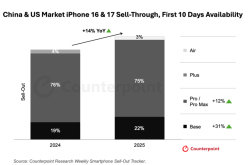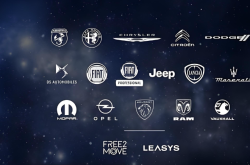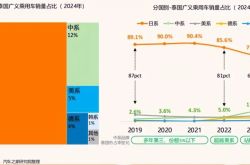10 People Aiming for Billion-Dollar Valuation: Investors' Frenzy for This Two-Person 'Bedroom Project'
![]() 04/11 2025
04/11 2025
![]() 699
699
Author|Xuushan
Editor|Yifan
Great companies often emerge from the most unassuming origins.
"People can earn $1 million or even $10 million annually with fewer than 10 people—a feat unprecedented in early-stage venture capital investments," stated Garry Tan, CEO of the renowned Silicon Valley accelerator Y Combinator, in a recent interview. Facilitating the birth of such lean organizations is Vibe Coding, an AI-driven programming technology that uses natural language prompts for AI to write and review code.
Andrej Karpathy, co-founder of OpenAI, was the first to propose this concept, heralding a new era.
What happens if a bug arises? Karpathy also provided a solution: throw it back to AI to resolve the error, whether by correcting the code, bypassing the issue, or randomly adjusting parameters; AI decides everything.
Not only Karpathy but also a growing number of engineers have discovered the joy of simply giving instructions without having to write code. As a result, platforms like Cursor, Bolt, and Claude have become their training grounds.
Some startups are practicing Vibe Coding and the corporate organizational structure it represents in the AI era.
Gumloop is one such Vibe Coding startup that emerged from Y Combinator's Winter 2024 batch. More interestingly, the company has only two full-time employees—Max Brodeur-Urbas and Rahul Behal, who are also the founders, meaning nearly all of their company's operations are created by AI employees.
Gumloop founder Max Brodeur-Urbas believes that the team size of future companies will not exceed 10 people, and their goal is to build a billion-dollar company with just 10 people.
To date, Gumloop has raised $20 million in funding. In January 2025, Gumloop completed a $17 million Series A round led by Nexus Venture Partners, with participation from First Round Capital, Y Combinator, and Instacart co-founder Max Mullen and Databricks co-founder and chief architect Reynold Xin.
How does this two-person company, Gumloop, stand out from other automated workflow platforms? Where might the risks to its growth lie? And how much potential does Vibe Coding truly hold? Silicon Rabbit takes you to explore the details.

A Startup Project from a Vancouver Bedroom
Great companies often emerge from the most unassuming origins.
Jobs welded the first computer hardware in a Silicon Valley garage, marking the birth of Apple; he pieced together the first circuit board, signaling the inception of Apple. Google was founded in a Stanford dormitory. Gumloop was born in a bedroom in Vancouver.
At that time, Brodeur-Urbas hadn't anticipated that their hobby project would ultimately lead to the birth of a company. Former Microsoft engineer Brodeur-Urbas and former Amazon Web Services software development engineer Rahul Behal came together due to their shared passion for AI. Initially, they viewed it as a small practice project—a UI wrapper for Auto-GPT, solving a simple problem for a group of non-technical people on the Discord community.
This hobby project precisely addressed the pain points of AI Agents in programming code—although AI is increasingly demonstrating its potential for automated workflows, the effectiveness is difficult to guarantee.
Moreover, another pain point is that despite the continuous improvement of AI capabilities, achieving automation beyond a single ChatGPT question requires a certain level of programming ability. Often, personnel who understand the business lack professional programming knowledge, while engineers who understand programming lack an understanding of business processes, leading to the potential of AI not being fully unleashed.
"It's unrealistic to completely entrust specific workflows to AI," Gumloop founder Brodeur-Urbas realized early on. He found that users today have some unrealistic expectations about AI workflows at this stage, even believing that AI can handle highly specialized and precise niche work content. "Users pay for AI not to get the same answer over and over again using Google searches," said Brodeur-Urbas.
To truly get users to pay for AI to solve workflow problems, this AI tool needs to be user-friendly and have no room for errors.
Meanwhile, AI Agents are continuously penetrating the field of code programming. According to Menlo Ventures' data, in 2025, AI code applications are becoming the scenario with the highest penetration rate of generative AI, with an adoption rate of 51%. Emerging tools such as Cursor and Cognition are also experiencing rapid user growth.
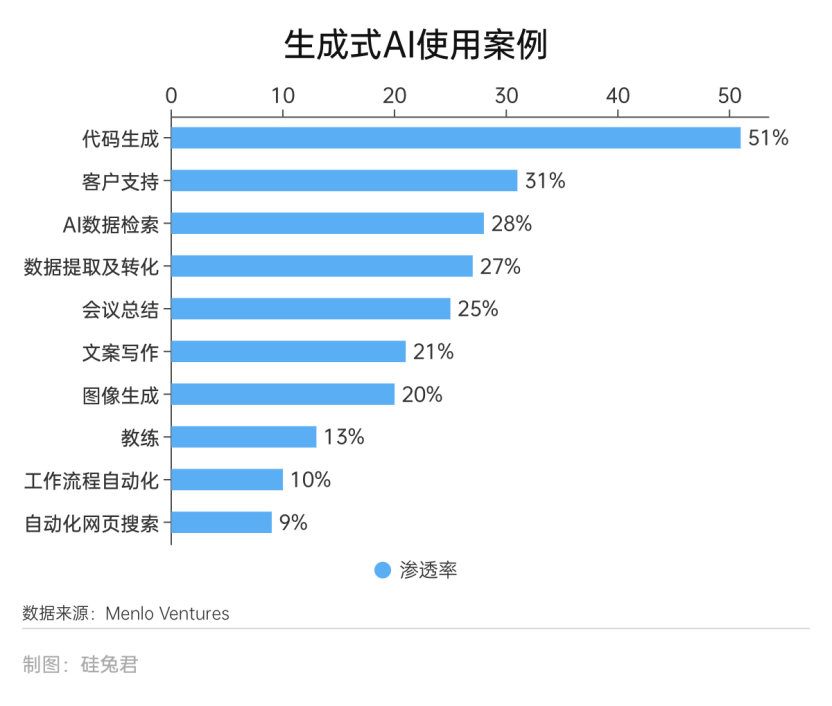
On one side is growing demand, and on the other is unsatisfactory results, creating a structural gap between demand and user experience.
Founder Brodeur-Urbas mentioned at the outset that users have some unrealistic expectations about AI workflows at this stage, even believing that AI can handle highly specialized and precise niche work content. "This requires AI to have no room for error," he said.
This is also the original intention behind the establishment of Gumloop—to use artificial intelligence to automatically execute repetitive workflows, truly simplifying tasks.
Ordinary people can set up task execution workflows through preset templates without needing AI to assist in programming or completing code, nor do users need to deeply understand each segment of code.
At the same time, Gumloop also practices the core of Vibe Coding through its own operations. Founder Brodeur-Urbas stated, "Using artificial intelligence for coding gives us the productivity of a 20-person team and surpasses our competitors."

Who is Using Gumloop? And How Much Value Can It Create?
Gumloop's core is to allow anyone to become an AI engineer without knowing how to write code.
Gumloop's UI/UX page design is relatively simple. Users can intuitively see the effect of program operation by dragging the corresponding program box onto the canvas and supports custom integration with almost all tools.
Gumloop provides a workflow builder called AgentHub, which integrates with third-party applications and tools such as GitHub, Gmail, Outlook, and X. Users can easily drag modular components onto the canvas to build automated programs or select from pre-built pipelines to perform tasks such as generating daily inventory reports and summary documents.
Currently, the company offers a free trial of AgentHub with 45+ automation tools, helping different types of personnel build their own automated AI.
For example, freelancers and solo entrepreneurs can use Gumloop to find potential clients and automate repetitive tasks. Sales teams can use AI to scrape web pages, investigate contracts, and assess the value of potential clients. HR teams can automate parts of the recruitment process through prefabricated templates and even conduct satisfaction surveys.
For instance, an article summarizer can aggregate any number of news or website information to create news guides. Or a daily stock report generator that automatically generates a PDF report on the specified stock market trends every day.
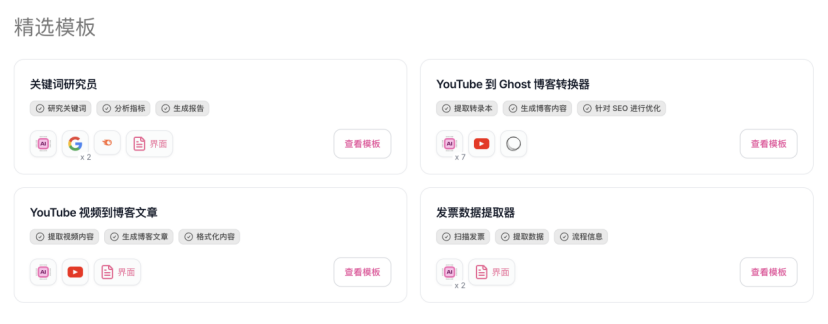
These programs are already preset within the AgentHub platform by Gumloop for non-professional developers to use at any time. AgentHub automation typically consists of 90% infrastructure and 10% artificial intelligence, improving consistency and reliability.
Currently, Gumloop's use cases include using AI for web scraping, social media moderation, SEO marketing, and document processing.
The website-building platform Webflow uses Gumloop to analyze each post on Reddit, Webflow forums, X (Twitter), and YouTube comments to determine which posts require manual intervention. The British travel company Triptease uses Gumloop for web scraping + AI analysis/classification + internal system integration to discover potential customers, research customer personas, and draft outreach plans. "A completely non-technical staff team can be plugged and played to generate significant business impact at 5% of the cost of an engineering team's work," as described on Gumloop's website.
One customer revealed the changes after using Gumloop on the official website. "Gumloop has changed the game. It helped my team increase sales by 65% and revenue by 207% compared to the same period last year. But I think this growth is likely to continue."
'If Zapier (an automation tool platform) is a calculator, then we are WolframAlpha (a computational knowledge engine that calculates answers from a database to answer factual queries),' Gumloop writes in its company introduction.
'You can understand Gumloop as the child of ChatGPT and Zapier combined,' one user explained what Gumloop does.
This definition also reflects Gumloop's advantage—compared to traditional AI automation workflow platforms like Zapier, it reduces complex deployment processes.
Currently, Gumloop mainly offers four different pricing methods, combining the seat-based pricing method of the SaaS era with the resource consumption-based pricing method of the AI era:
1) Free service with points redemption: After registration, 1000 points are provided for users to use the platform.
2) Only one account is provided, with 30,000 points available each month, priced at $97 per month.
3) Ten accounts are provided, with 75,000 points available each month, priced at $297 per month.
4) Customized enterprise services, priced on demand.

"We don't need money at all," Brodeur-Urbas bluntly stated on TechCrunch, saying that raising funds is not the goal—creating a product that people love is.
However, as a no-code platform for individuals with zero programming background, Gumloop's product still has some flaws. For example, although it has created a set of more user-friendly no-code tools to create workflows, understanding those modules still requires a certain foundation.
According to the RPA market survey report released by the third-party consulting and research firm Forrester, by 2025, the global RPA market size will reach $22.5 billion, of which the RPA services market size will be $16 billion and the RPA software market size will be $6.5 billion. North America has the highest RPA services expenditure at 43%.
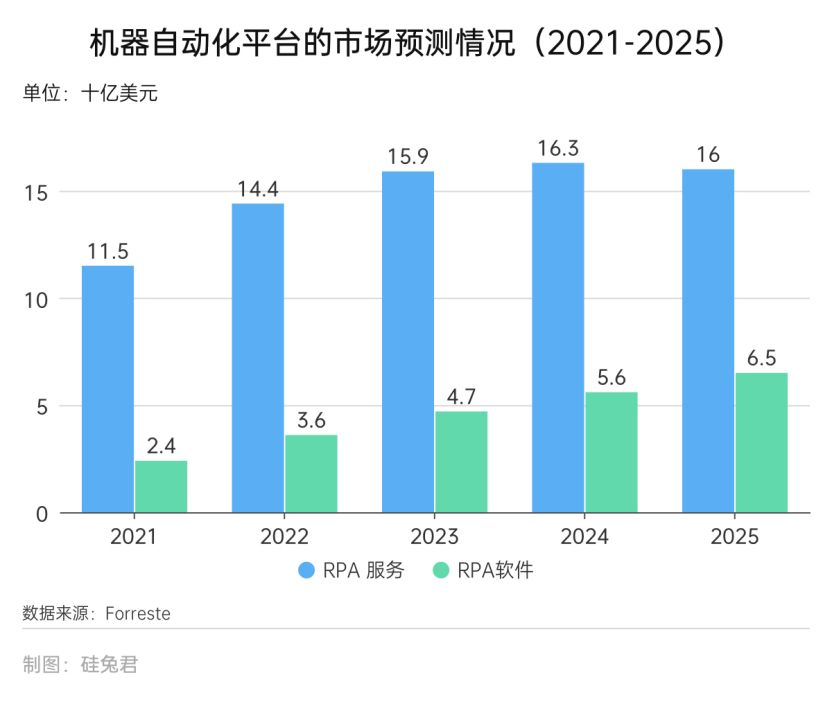
Entering the era of generative AI, numerous startups have emerged in the AI+RPA field, but the head effect is not yet significant. Currently, established companies like Zapier and UiPath lead the way, leaving ample room for growth for startups.
For Gumloop, the most important thing is how to maintain stable user growth and user stickiness to create a flagship product.
To better cultivate the user ecosystem, Gumloop has also created a community platform for users to exchange questions and even interact on the official website.

The Era of Vibe Programming is Here, and Cost Reduction and Efficiency Enhancement May Become Key
However, Gumloop cannot escape the limitations of Vibe Coding, which may become a limitation of Gumloop itself.
For example, AI-generated code may contain deep logical errors, posing significant security risks and leading to a surge in maintenance costs.
For another example, code generated by non-professional developers through natural language may lack standardization, and AI may generate redundant or difficult-to-optimize code.
Currently, the code generated by Vibe Coding also struggles to support some complex scenarios, such as embedded development (due to the limitations of languages like Go) or real-time system responses.
Vibe Coding, also known as Ambient Coding, was initially proposed by Andrej Karpathy, co-founder of OpenAI and former AI director at Tesla, in February 2025.
Currently, there are two schools of thought in Silicon Valley regarding Vibe Coding: Some believe it will reshape everything in computer science, while others think it may still be in a "hype phase" and its threshold is overestimated.
"Vibe Coding will soon reshape everything in the computer world," said Jules White, a computer science professor at Vanderbilt University. He believes this also means that the accumulation of computer science knowledge over the past few decades is gradually fading away.
Garry Tan, CEO and President of Y Combinator, has also mentioned that a team of only 10 ambient coders can easily build the next multi-million-dollar startup. Without AI, this task might require 50 or 100 engineers.
He also provided a new employment idea for engineers who can't find work in Silicon Valley, USA: starting a business with 10 employees and potentially earning $10 million or $100 million a year. "This is truly a powerful moment for the software industry." Currently, 25% of Y Combinator startups use LLM to write 95% of their code.
Antje Barth, Chief Development Advocate at AWS, once said, "It enables many people who may not have a traditional software engineering background or access to traditional software engineering to turn their ideas into reality, which I find very, very exciting."
However, some people remain cautious amidst the excitement.
Bojan Tunguz, a former software engineer at NVIDIA, has been trying Vibe Coding in recent weeks and has indeed found that projects that originally took weeks to complete can be shortened to just a few days. But he insists that Vibe Coding users should at least have a rough idea of the purpose of the code. "I wouldn't recommend this approach to someone who has never written code before," he said.
Karim Meghji, Chief Product Officer at Code, encourages young learners not to be drawn in by the "hype" surrounding coding, but to focus on building a solid foundation with their skills.
"Master these tools, yet never neglect the fundamentals," Meghi emphasized. "This doesn't imply that we lack resources to aid in the application of this language; rather, we learn the basics to ensure we can craft truly exceptional narratives."


